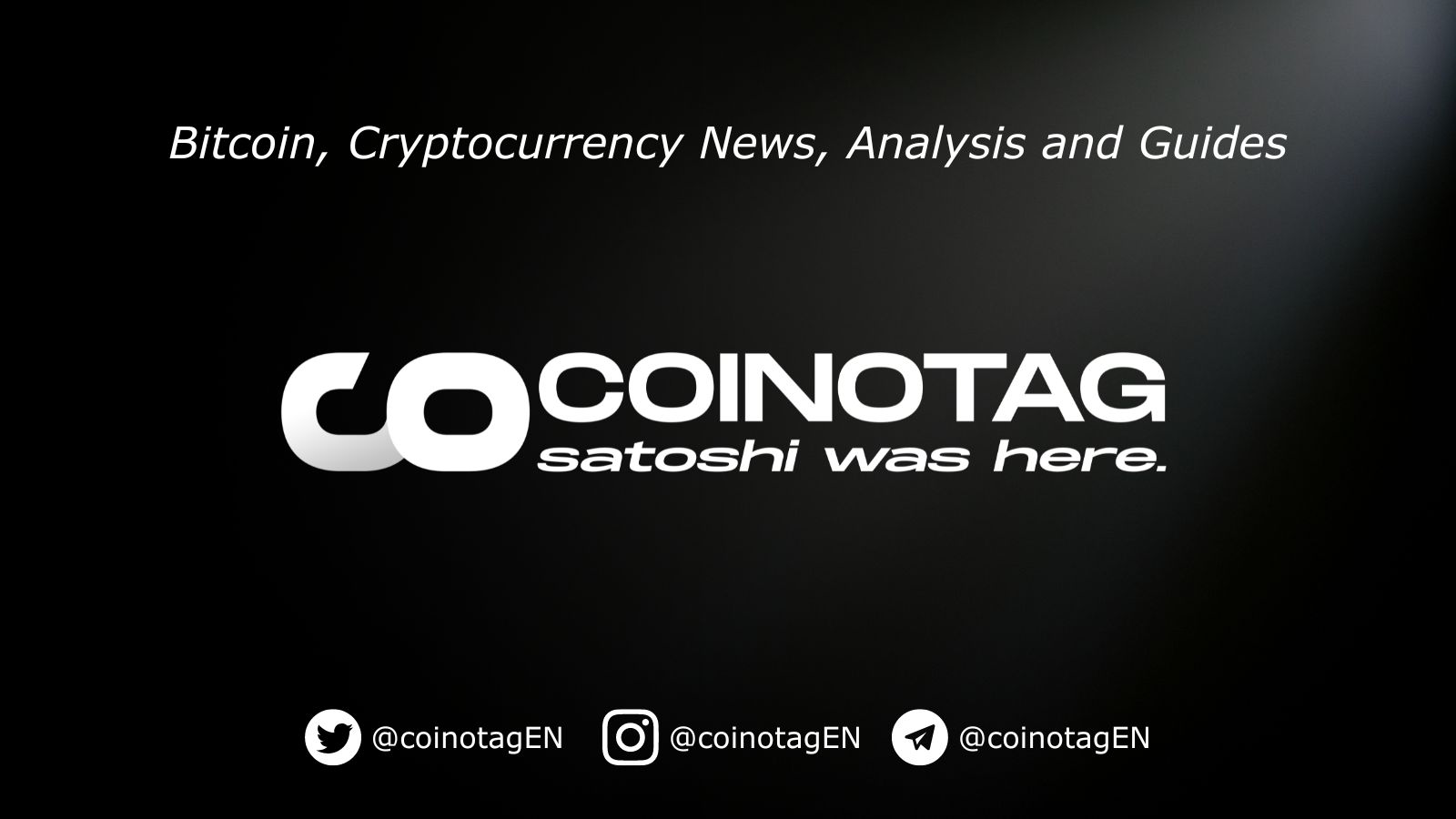Chainlink Reserve Could Spur Wider Use of Treasuries to Support LINK Demand
Crypto treasuries are token and cash reserves managed by protocols and firms to create sustained demand and financial resilience. By converting revenue into native tokens, deploying buybacks, or reallocating assets into yield-bearing instruments, treasuries can actively support long-term tokenomics

Crypto treasuries are token and cash reserves managed by protocols and firms to create sustained demand and financial resilience. By converting revenue into native tokens, deploying buybacks, or reallocating assets into yield-bearing instruments, treasuries can actively support long-term tokenomics and market stability.
- Protocols are using treasuries to generate perpetual token demand via revenue conversion and buybacks.
- Onchain reserves (Chainlink) differ from reallocation buybacks (Cardano) in short-term liquidity impact.
- WLFI’s $1.5B corporate-style treasury launches at scale, combining token holdings and cash for immediate market presence.
crypto treasuries: Learn how protocols use reserves to boost token demand and stability — read best practices and next steps.
The latest wave of crypto treasuries shows protocols exploring creative strategies to sustain token growth.
The race to build strategic crypto treasuries is accelerating. Blockchain-native protocols and corporate-backed ventures are experimenting with reserves that actively drive token demand rather than acting as passive stores of value.
On Aug. 7, Chainlink announced an onchain reserve designed to accumulate Chainlink (LINK) tokens from onchain service fees and offchain enterprise revenue. The reserve converts external payments into LINK and deposits them into a dedicated contract.
Onchain transaction records indicate two deposits so far. Etherscan data shows total holdings of 109,661.68 LINK at this writing, roughly $2.6 million in nominal value.

Chainlink reserve. Source: Chainlink
What are crypto treasuries and how do they work?
Crypto treasuries are protocol- or corporate-held reserves of tokens, stablecoins, or fiat that are managed to support the ecosystem. Treasuries can accumulate revenue, allocate assets to generate yield, and execute buybacks to create sustained token demand and balance supply dynamics.
How is Chainlink’s reserve structured and funded?
Chainlink’s reserve is funded by enterprise revenue from banking and capital markets deals. Payments received in stablecoins, gas tokens, or fiat are routed through a Payment Abstraction system and automatically converted into LINK before deposit. Chainlink Labs reports hundreds of millions in enterprise revenue and has signaled no withdrawals for several years.
How would Cardano’s proposed reallocation affect token demand?
Cardano founder Charles Hoskinson suggested reallocating 5%–10% of the ADA treasury—roughly $100 million—into Bitcoin and stablecoins, using yield to buy back ADA. Estimated annual buybacks of $5M–$10M could create a perpetual demand loop, though reallocation causes short-term sell pressure when assets are moved.
What is WLFI’s $1.5 billion approach to a crypto treasury?
World Liberty Financial (WLFI) plans a $1.5B reserve by selling 200 million ALT5 Sigma shares at $7.50 each. Half the proceeds will be held as WLFI tokens, the remainder as cash for corporate reserves. This corporate-style treasury launches with scale, combining immediate token and cash holdings for operational flexibility.
Frequently Asked Questions
Are onchain reserves safer than reallocating treasury assets?
Onchain reserves that channel external revenue into native tokens avoid immediate sell pressure from reallocations. Reallocating existing assets can create short-term liquidity effects but may enable larger long-term buybacks if yields are realized.
Will treasury buybacks move large tokens like LINK?
It depends on execution scale. Small reserves relative to daily trading volumes are unlikely to move high-liquidity tokens. Large, sustained purchases can influence price, but transparency and pace matter.
Key Takeaways
- Treasure types differ: Onchain revenue conversion (Chainlink) vs. asset reallocation and yield-funded buybacks (Cardano).
- Impact varies with scale: Market-moving effects require significant, sustained buys relative to daily liquidity.
- Transparency and governance: Clear rules and disclosures build trust and increase the effectiveness of treasury strategies.
Conclusion
Crypto treasuries are evolving from passive reserves into active policy tools that can support token demand, collateral depth, and investor confidence. Protocols must balance short-term liquidity effects with long-term strategy, disclose governance, and monitor market liquidity to ensure treasury programs deliver investor value. COINOTAG will continue monitoring developments and reporting updates.
Don't forget to enable notifications for our Twitter account and Telegram channel to stay informed about the latest cryptocurrency news.
Delegate Your Voting Power to FEED DRep in Cardano Governance.
DRep ID: drep12ukt4ctzmtf6l5rj76cddgf3dvuy0lfz7uky08jfvgr9ugaapz4 | We are driven to register as a DRep by our deep dedication to the Cardano ecosystem and our aspiration to take an active role in its development, ensuring that its progress stays true to the principles of decentralization, security, and community empowerment.DELEGATE VOTING POWER!







